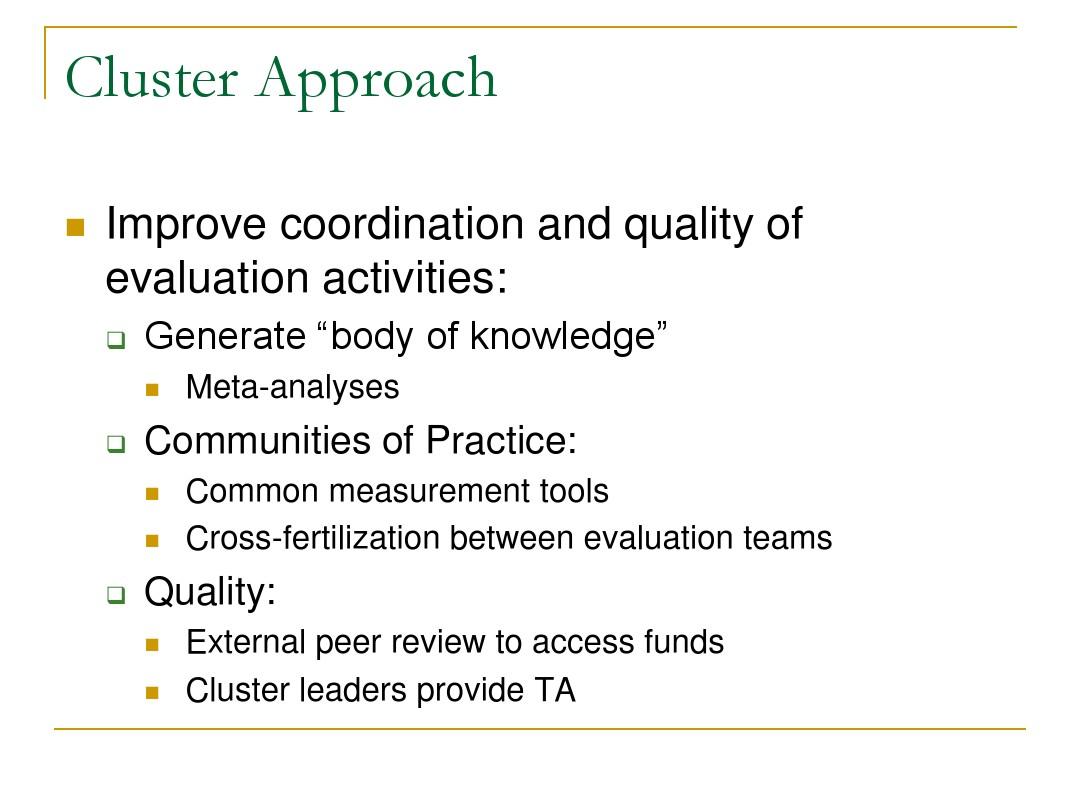Title: The Silk-filled Quilt: A Guide to Identification and Quality Evaluation
The Silk-filled Quilt: A Guide to Identification and Quality EvaluationA silk-filled quilt is a beautiful and functional piece of bedding that can provide you with warmth and comfort. However, with so many different types and qualities of silk-filled quilts on the market, it can be difficult to identify and evaluate their quality.To help you make an informed decision when purchasing a silk-filled quilt, this guide will provide you with some essential information. We will discuss the different types of silk used in quilts, how to identify high-quality silk, and what to look for when evaluating a quilt's quality.Firstly, there are several different types of silk, each with its own unique characteristics. Some of the most common types of silk include Tussah, Mulberry, and Eri Silk. Tussah silk is known for its strong and durable nature, while Mulberry silk is prized for its soft and smooth texture. Eri Silk, on the other hand, is a rare and expensive silk that is often used in high-end fashion and bedding.When identifying high-quality silk, look for a silk that is both smooth and strong. The fibers should be tightly woven together and free from impurities or knots. Additionally, high-quality silk will often have a longer staple length, which means that the silk fibers are longer and more durable.Finally, when evaluating a quilt's quality, look at the overall construction of the quilt. The stitching should be even and well-done, with no loose threads or uneven patches. The quilt should also be well-cleaned and free from any unpleasant odors.In conclusion, a silk-filled quilt can be a great addition to your bedding collection. However, it is important to do your research and identify a high-quality silk before making a purchase. By following this guide, you will be able to find a silk-filled quilt that will provide you with warmth and comfort for many years to come.
Silk-filled quilts, also known as silk-padded quilts, are a type of traditional Chinese bedding that have been in use for hundreds of years. They are prized for their warmth, comfort, and cultural significance. However, with the increasing popularity of these quilts, there has also been a rise in the number of fakes and low-quality replicas. Therefore, it is important for consumers to learn how to identify and evaluate the quality of silk-filled quilts.
1、Material Identification

The first step in identifying a genuine silk-filled quilt is to examine the material. Silk is a natural protein fiber that is lightweight, strong, and has a unique sheen. When touched, silk feels smooth and delicate. Conversely, synthetic materials such as polyester or nylon may feel plastic-like or rough. Additionally, silk has a natural elasticity that allows it to stretch and recover its original shape when pressure is applied.
2、Workmanship Examination
Another key aspect of identifying a high-quality silk-filled quilt is to inspect the workmanship. Genuine silk quilts are often hand-stitched or machine-stitched with great care and precision. The stitching should be even and consistent, with no loose or uneven seams. Moreover, the quilt should be well-padded with silk cotton to ensure its warmth and comfort.
3、Color and Pattern Analysis

The color and pattern of a silk-filled quilt can also provide clues to its authenticity and quality. Genuine silk quilts often feature vibrant and bold colors that are naturally derived from the silk worms' diet. These colors are often unique and difficult to replicate in synthetic materials. Additionally, the pattern of the quilt may also provide clues to its age and cultural background.
4、Quality Evaluation
Once a silk-filled quilt has been identified as genuine, the next step is to evaluate its quality. This includes assessing the thickness of the silk cotton used for padding, the density of the stitching, and the overall condition of the quilt. High-quality quilts will typically have thicker padding, denser stitching, and be in better overall condition than lower-quality ones.
5、Cultural Context

Finally, it is important to consider the cultural context of a silk-filled quilt when evaluating its quality. Many of these quilts are passed down through generations as family heirlooms or are made as part of a traditional wedding gift. Therefore, their cultural value and emotional attachment to them may far outweigh their actual material value.
In conclusion, identifying and evaluating the quality of silk-filled quilts requires a combination of knowledge, experience, and patience. By examining the material, workmanship, color and pattern analysis, as well as considering the cultural context in which it was created or received, consumers can make more informed decisions when purchasing or inheriting these beautiful and significant quilts.
Articles related to the knowledge points of this article:
Title: The Evolution of the Tie: A Tale of Style, Form, and Substance
Title: The Art of Tying a Little Triangular Scarf
Title: Creativity in Scarves: Unleashing the Power of Innovative Advertising



